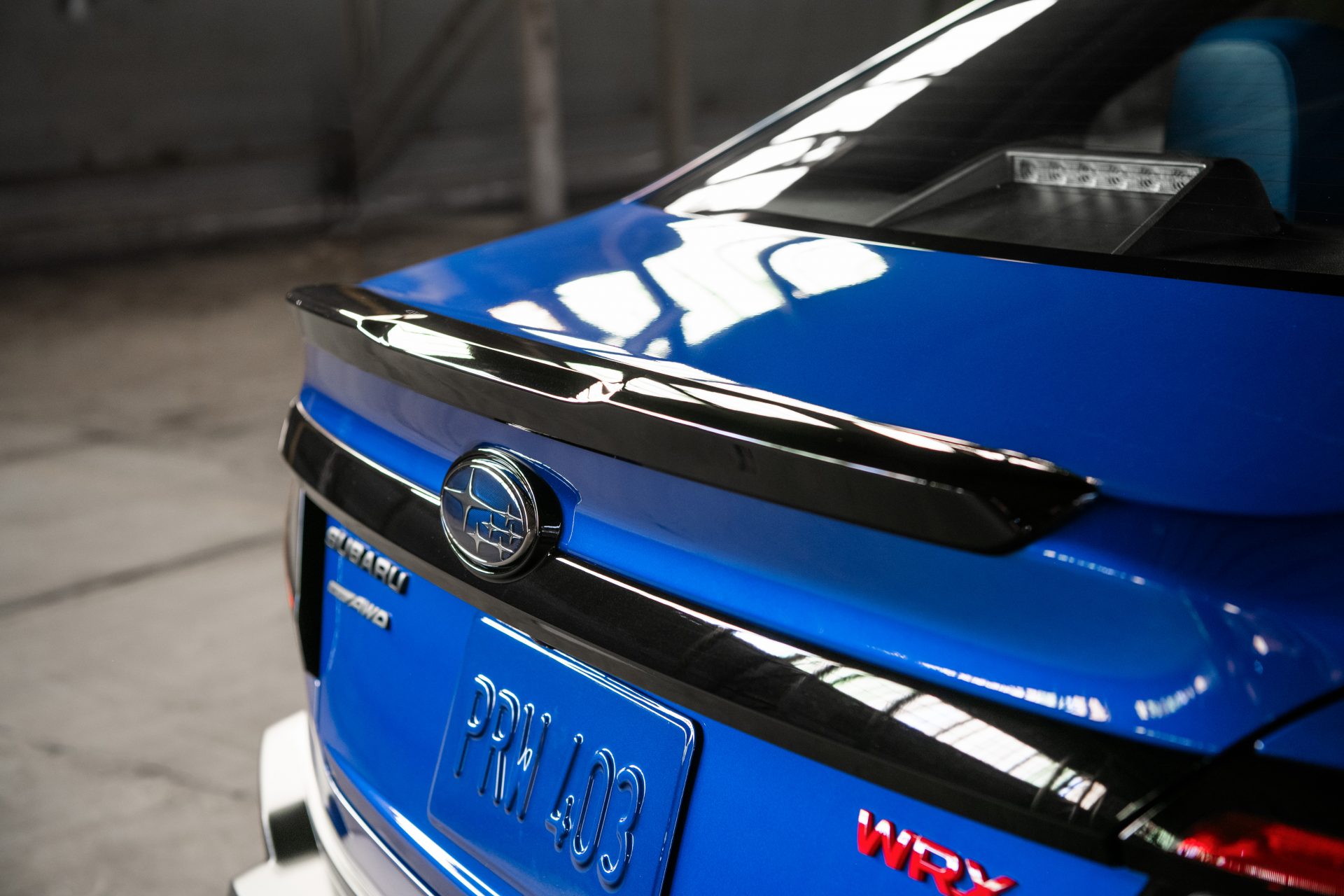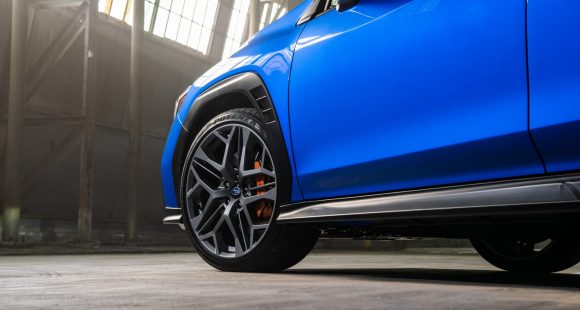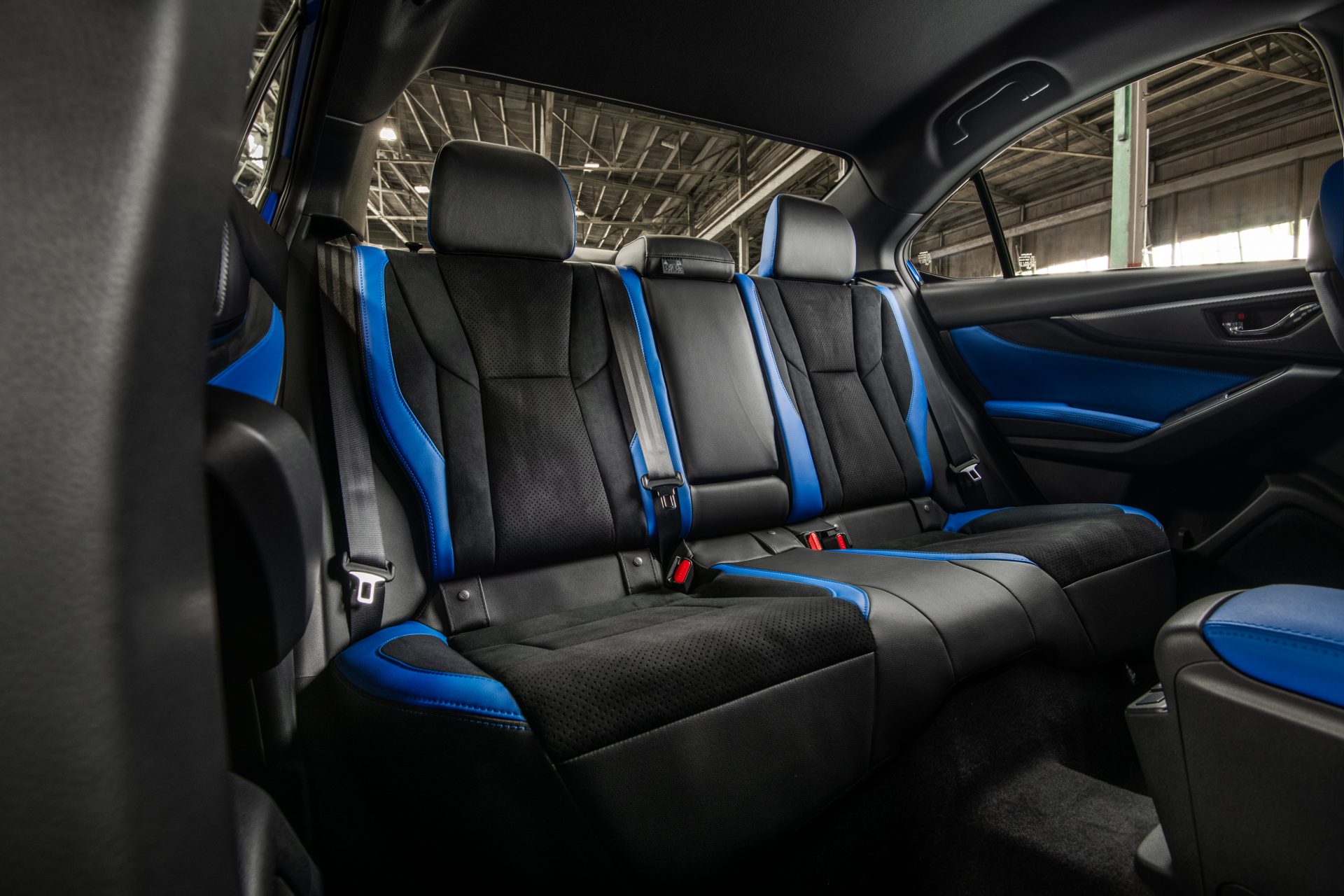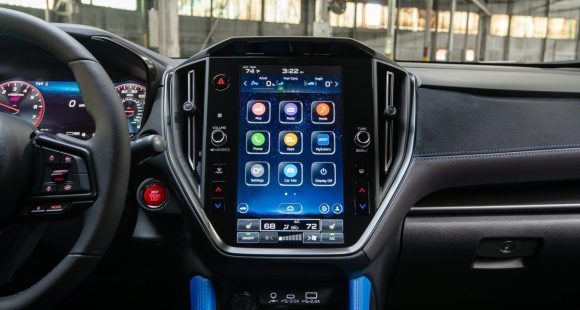2017 Hyundai Elantra
When we last left the Hyundai Elantra, its styling may have impressed us; but when it came to road manners, we thought it was more of a step back in time for this fastly progressing brand. Well, Hyundai certainly hasn’t gotten to where they are today by ending with a cliff hanger. Well, now there’s a new gen Elantra for ’17. So let’s tune in, and find out what happens next.
The Hyundai Elantra sedan has had its ups and downs since going on sale here in the early 90s. And despite our misgivings over the last generation, sales have skyrocketed of late to well over 200,000-units per year. Sounds like a lot, but that’s about 100,000 less than either the Honda Civic or Toyota Corolla. So needless to say, Hyundai is eager to boost their sales further with this 6th-generation 2017 4-door.
Styling is perhaps not as daring as last gen, but it’s still a compact looker and fully in line with larger 4-door stablemates, Sonata and Genesis. Especially up front, where it now shares their larger grille and available signature DRLs.
Same basic platform as before, but it’s had a complete onceover; with a stiffer structure, progressively more isolated suspension, and a modest increase in overall size.
 It’s 1.0-inch wider; and just shy of an inch longer, though wheelbase remains the same. 17-inch alloy wheels come with Limited trim, base SEs are equipped with 15-inch “steelies”.
It’s 1.0-inch wider; and just shy of an inch longer, though wheelbase remains the same. 17-inch alloy wheels come with Limited trim, base SEs are equipped with 15-inch “steelies”.
Most appreciably, things are a lot quieter inside, thanks to thicker glass and additional sound deadening materials.
Helping too is a new, standard 2.0-liter I4 that’s a bit more powerful than the previous gen’s 1.8-liter; at 147-horsepower and 132 lb-ft. of torque.
It’s smoother, quieter operation is readily apparent at cruising speeds. A 6-speed manual transmission is available, but only in base SE trim. A 6-speed automatic is fitted to our Limited tester.
A 128-horsepower 1.4-liter I4-powered Eco model is also available for maximum efficiency, up to 40-highway; though truth be told, the 2.0-liter is not bad in that regard either.
2.0 Government Fuel Economy Ratings are 28-City, 37-Highway, and 32-Combined. We averaged a very good 35.6 miles-per-gallon of Regular. Thus the Energy Impact Score is a good one at 10.3-barrels of oil used annually with C02 emissions of 4.7-tons.
 Front seats are plenty wide and offer above average for its class comfort. Likewise in the rear, there’s adult-size room and adequate coziness.
Front seats are plenty wide and offer above average for its class comfort. Likewise in the rear, there’s adult-size room and adequate coziness.
Trunk space is fine at 14.4 cubic-ft., but it’s cheaply finished and the deck lid feels very flimsy. However, we liked the hand-free opening smart trunk.
Limited trim delivers a display audio system with 7-inch touchscreen and Apple CarPlay and Android auto. Adding the Tech package ups it to 8-inches and adds navigation and Infinity premium audio, as well as heated seats.
Gauges are clean and simple with a 4-inch color TFT info display. The interior has definitely moved upscale in appearance, with the Ultimate package adding seat memory plus the latest in safety including blind spot detection, cross traffic alert, and even emergency braking.
Useful room is up too, so like Civic and Corolla, the Elantra is now classified as midsize by the government.
But middling is how we found full-throttle acceleration, taking 9.3-seconds to hit 60 miles-per-hour with lots of 4-cylinder wail. But, acceleration does remain steady; thanks to minimal lag between shifts. So the Elantra feels faster than the numbers; which were 17.3 in the ¼ at 83 miles-per-hour.
 Things certainly have improved in the handling department. There is plenty of grip at a moderate pace; and a playful amount of understeer when pushed harder. The car reacts quickly to steering inputs; and a nicely responsive throttle enabled us to easily keep it right on the edge, inspiring confidence as speeds increased.
Things certainly have improved in the handling department. There is plenty of grip at a moderate pace; and a playful amount of understeer when pushed harder. The car reacts quickly to steering inputs; and a nicely responsive throttle enabled us to easily keep it right on the edge, inspiring confidence as speeds increased.
Brakes were another pleasant surprise. Panic stops from 60 took a good 123–feet with minimal fade; along with a nicely firm, short travel pedal.
So with all of the improvements, the Elantra’s value proposition is also stronger than ever, as base SE pricing is actually reduced by 90-bucks to $17,985. Limited trim starts at $23,185.
Far more competent, more refined, and more consistent with Hyundai’s increasingly upscale ambitions; plus an outstanding warranty; all things that help make the 2017 Hyundai Elantra a vehicle worthy of your compact consideration. One that might finally be ready to give Corolla and Civic a real run for your money.
Specifications
- Engine: 2.0 liter I4
- Horsepower: 147
- Torque: 132 lb-ft.
- 0-60 mph: 9.3 seconds
- 1/4 mile: 17.3 seconds @ 83 mph
- EPA: 28 mpg city / 37 mpg highway
- Energy Impact: 10.3 barrels of oil/yr
- CO2 Emissions: 4.7 tons/yr
- Transmission: 6 spd auto
2025 Subaru WRX tS
Subaru’s “World Rally eXperimental” Gets Tecnica-Tuned Tech
Building on its global rally heritage, WRX has been a standalone Subaru nameplate, marketed separately from garden variety Impreza, for two generations now. And while the current WRX still lacks the full STI treatment, this WRX tS serves up some of that high-performance spice we’ve been longing for.
Before we go flat out into our Track Test of this 2025 Subaru WRX tS, lets open the Subaru dictionary so we’re all on the same page. “tS” stands for “tuned by STI;” and “STI” is an acronym for “Subaru Tecnica International,” the brand’s high-performance sub-group best known for upgrading the WRX— oh, that stands for “World Rally eXperimental,” in case you didn’t know.
All that said, STI has been largely dormant for this WRX generation, but this tS sprinkles more of their engineering magic into the mix. No, that doesn’t mean extra power, but does mean significant chassis-related improvements.
First, electronically controlled dampers, adjustable through the 11.6-inch tablet-style infotainment screen. That meant a softer “comfort” mode on the 10+ hour commute to and from Savannah’s Roebling Road Raceway. But once we were there, it was the firmer “Sport+” setting all the way, heightening response from the WRX’s throttle and already quick dual-pinion power steering system. There’s still some body roll for rally-esque weight transfer, but it’s well sorted and provides the “toss-ability” you want in a WRX.
Though if you do autocross your tS, which we implore you to do, you might feel the six-piston front, two-piston rear Brembo brakes first. The bite is strong, giving good rotation in the corners and plenty of “halt” for this 3,400 lb. compact with minimal fade, keeping us on track all week…until some unfortunate winter weather passed overhead. No worries here, as Subaru’s Symmetrical All-Wheel-Drive system got us to the track for some powdered deserts: Frosted donuts served up Michelin style, a set of winter tires different from the grippy Bridgestone Potenza S007 rubber the tS typically rides on. Some prior hot laps of California’s Sonoma Raceway gave credence to those Bridgestones, and showed us what this hot-compact can do in ideal conditions.
It’s well sorted and provides the “toss-ability” you want in a WRX.
Other tS enhancements are cabin-based, namely these beautiful blue Recaros. Most of our staff appreciated their moderately-aggressive bolstering on both street and track. And they’re even heated, too. Another tS-only appointment is this 12.3-inch digital gauge display. It mimics the standard analog gauges with some additional info, but can switch to a navigation mode for more convenient route guidance.
We do wish our tS came in the new Galaxy Purple or the trademark World Rally Blue, but this Crystal White paint wasn’t too shabby, contrasting its Cherry Blossom Red badging and blacked-out lip spoiler. Otherwise, the tS is like any other WRX, down to the hood scoop funneling air to the top-mounted intercooler.
Underneath is the same turbocharged 2.4-liter flat-four in all other trims, boxing at 271 horsepower and 258 lb-ft of torque. The freak winter weather stopped straight-line testing, but a 0-60 time estimate of 5.5 seconds is about as spry as you realistically need, pulling strong through most of the tach; though the 6,000 RPM redline required attentive shifting of the six-speed box, which the tS comes exclusively with. The throws are precise, if a little long, and the clutch is wonderfully weighted.
With discontinuation of the Base trim, pricing for the WRX now starts with Premium at $36,920. The tS is at the top of the lineup with the automatic-only GT, both starting at $46,875. All WRXs continue to be made in Gunma, Japan.
If you’re an enthusiast itching to do the tuning yourself, perhaps the 2025 Subaru WRX tS is not for you. But if you want a plug-and-play experience, this is it. While it won’t exactly bestow the loose-cannon, top-level driving skills exhibited by famous WRC drivers upon you, the tS moves this WRX’s game in a direction we’ve so desperately wanted Subaru to take.
Specifications
As Tested
- Engine: 2.4-liter flat-four
- Tranmission: 6-speed manual
- Horsepower: 271
- Torque: 258 lb-ft











































